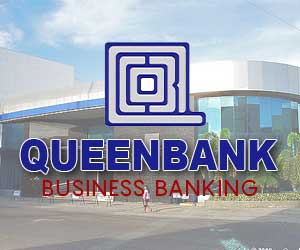The United States has pledged at least ₱3 billion ($60 million) in new foreign assistance to the Philippines ,the first aid package announced under the Trump administration’s recalibrated global assistance policy, aimed at strengthening the country’s energy sector, maritime security, and overall economic growth.
U.S. Secretary of State Marco Rubio made the announcement following his meeting with President Ferdinand Marcos Jr. in Washington, D.C. last July 21. Rubio emphasized that the aid signifies Washington’s “strong and continuing commitment” to the U.S.
Philippines alliance, particularly in critical sectors such as infrastructure, energy, and private sector development.
As part of the aid, the U.S. Department of State is working with Congress to earmark an additional ₱825 million ($15 million) to support investment in the Luzon Economic Corridor, a key region for logistics, energy, transportation, and semiconductor manufacturing. If approved, the funds are expected to create jobs and sustain long-term development.
The aid package comes alongside a new trade announcement: a 19% tariff rate on Philippine goods entering the U.S., disclosed by President Donald Trump after his meeting with Marcos at the White House on July 23 (Manila time).
The tariff is slightly lower than the 20% rate Trump recently pushed for, but higher than the 17% set last April under his reciprocal trade policy targeting even U.S. allies.
Details of the broader trade deal between the two nations remain under wraps, though officials in both camps signaled it forms part of a renewed push for deeper economic cooperation.
The Luzon Economic Corridor initiative is also seen as a strategic move to strengthen alliances among democracies in Asia and balance China’s growing influence in the region.















